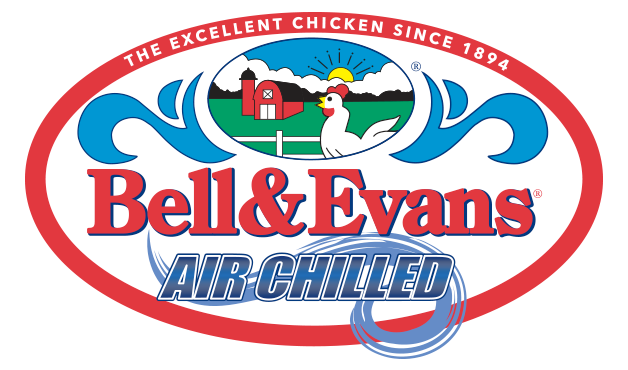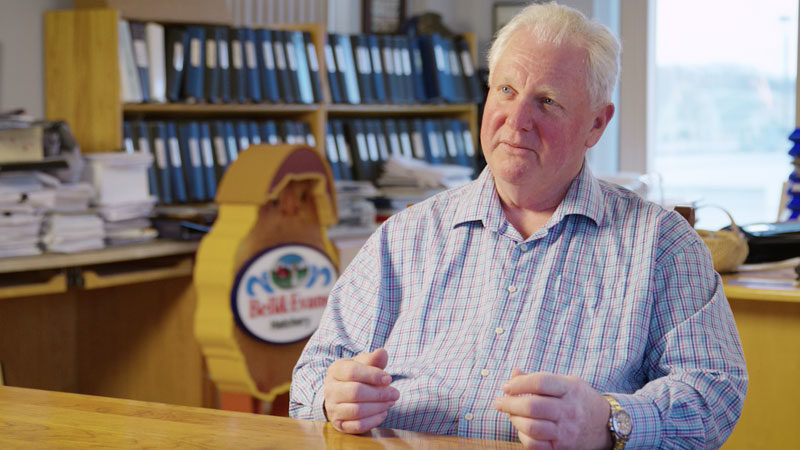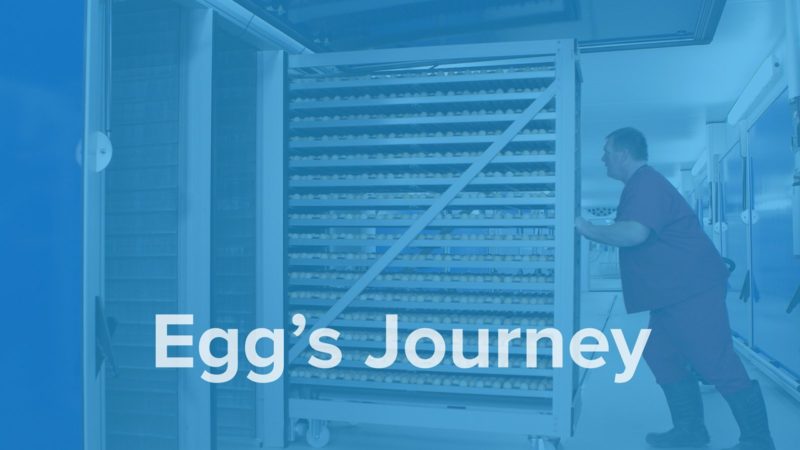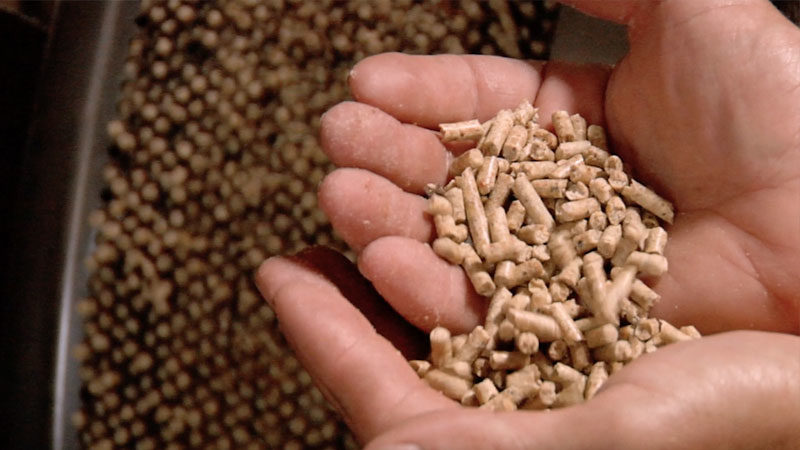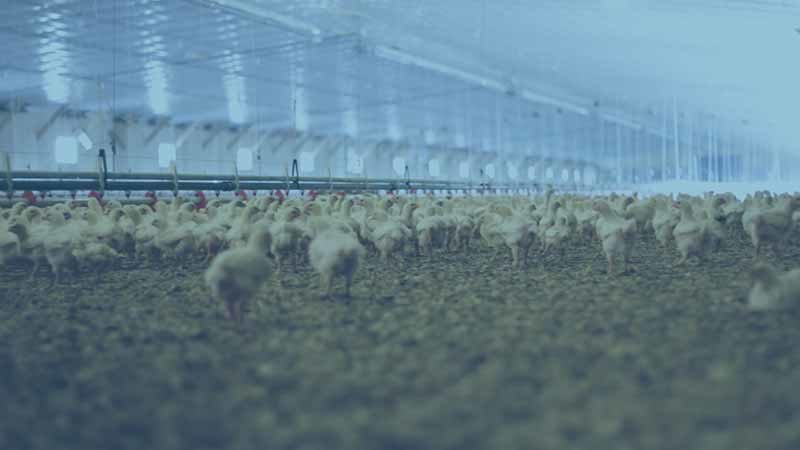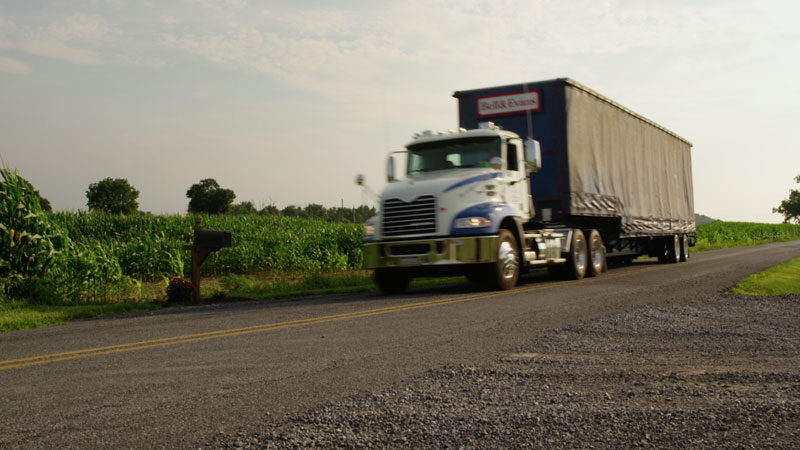the truth about Safe Living Conditions
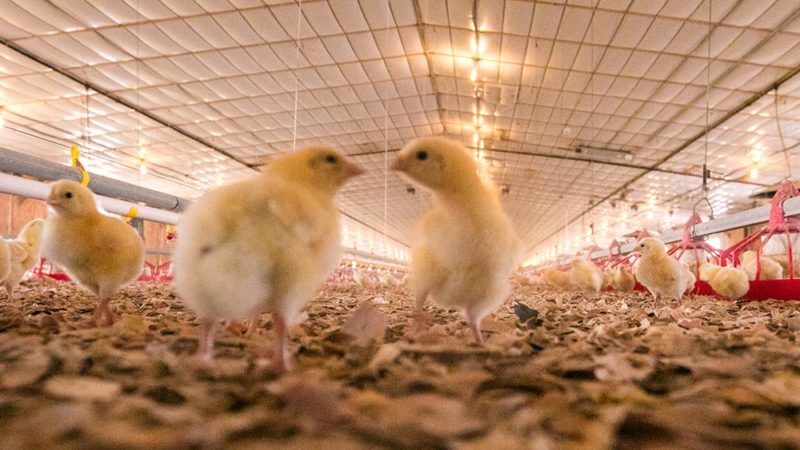
Their Way
Most chicken companies grow their chickens fast and big, using the least amount of cheap feed possible. This causes chickens a lot of stress. The chicken companies using this model that claim they don’t use antibiotics are being dishonest.
Our Way
Raising healthy chickens is all about reducing stress and effective animal welfare management. From the hatchery to the farm, we strive to provide the least stress possible.
Males can be up to a pound heavier at market weight than females. Raising them separately makes it easier for poultry producers to process them. It also allows the producers to sell a narrow weight range to restaurants and retailers that sell by the piece rather than weight.
But raising male and female chickens separately creates stress. We want a happy, healthy flock, so we keep them together.
the truth about Feeding Chickens
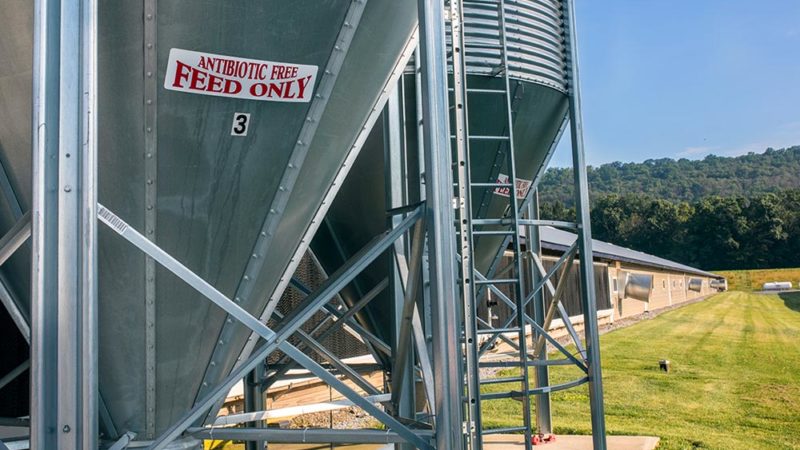
Their Way
All kinds of rendered animal wastes and used cooking oil wind up in animal least cost diets. This includes second-hand salt, bakery by-products, feather meal and other undesirables.
Our Way
We don’t use by-products of any kind. We use only corn, soybeans and other good stuff, including oregano oil, cinnamon and yucca root.
Not all grains are created equal
DDGS is a protein alternative producers can get at a lower cost than corn. It’s a by-product of ethanol production.
Antibiotics are used to control bacteria in the fermentation process of DDGS. Not all antibiotics are metabolized. Some remain in the DDGS. We use only corn and soybeans for protein. Period.
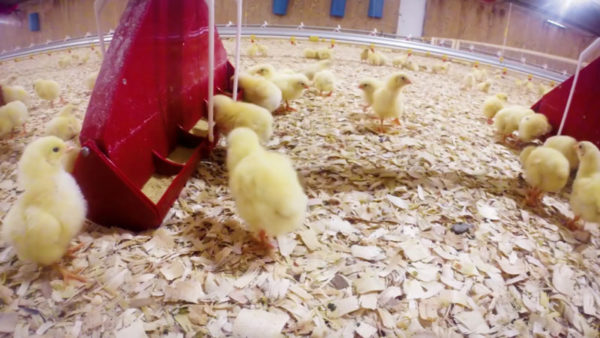
Hexane solvent extraction is a method used to produce soybean oil and soybean meal. Hexane is a toxic chemical distilled from petroleum. The Environmental Protection Agency (EPA) categorizes it as a hazardous air pollutant.
Hexane extracts virtually all of the valuable vitamin E and choline from oil and soybean meal. It also pollutes discharged water and air. Hexane residue remains in the oil and the soybean meal and ends up in the poultry.
We use the extrusion and expeller extraction method to produce soybean meal. This allows us to retain valuable vitamin E and choline while avoiding the use of toxic chemicals.
the truth about Raising Chickens
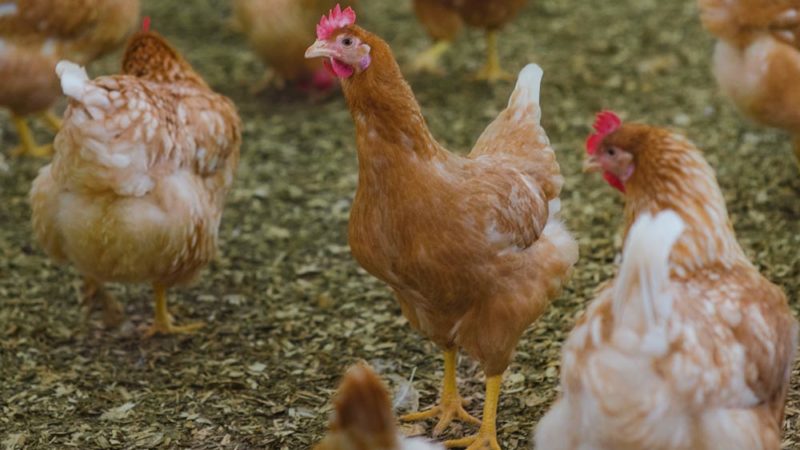
The benefit of homegrown grains
A recent article in the Washington Post uncovered large soybean shipments from Ukraine and Turkey that were falsely labeled as “organic” and ready to be sold here in the U.S.
Why buy cheap, questionably organic corn and soybeans from China, India and others? Some believe there isn’t enough locally-grown grain. But farmers won’t grow higher-cost organic grains without being assured they have a loyal customer.
To be sure, we are really feeding our chickens 100% U.S. grown and produced grain. We depend on the U.S. Department of Agriculture and U.S. Organic Certifiers to verify our processes.
Their Way
Chicken growers can save a lot of money by composting the chicken manure in the barns for many flocks back-to-back. They add chemicals to control the ammonia released from the manure, and antibiotics to keep the chickens healthy. The result: inhumane living conditions and increased mortality rates. The U.S. poultry industry is one of the only countries in the world with this practice.
Our Way
We minimize chances of Salmonella, Campylobacter and E. coli growth by mandating clean chicken houses and strict biosecurity procedures. Our chicken houses have cement floors that are cleaned, disinfected and applied with brand new litter between every flock.
Chickens and road trips don't mix
Because of government regulations, closing higher labor cost processing plants, lower cost growing facilities and many other reasons, baby chickens going to the farm and mature chickens going to market may travel many hours on the highway.
All of our family farms are less than one hour average driving time to the farm from the hatchery, and the same distance from the farm to the processing plant.
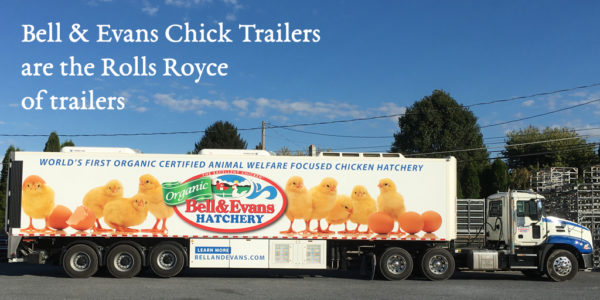
Their Way
The dump system is a very inhumane live haul system. And the majority of the poultry industry approves of this 40-year-old method because it lowers costs. Live chickens are thrown through spring-loaded doors. The chickens are then dumped upside down at the processing plant, with the weight of the birds knocking the spring-loaded door open. They fall onto a belt alive. The birds are then hung upside down on a moving line, before being stunned and then slaughtered.
Our Way
Our live chicken hauling system is specially designed for the chickens’ welfare. At the farm, the chickens are placed in the drawers of a module, then loaded onto the truck. The trailers have roofs, side curtains to protect them from inclement weather, and plenty of space and airflow in and between modules. All trailers are designed with air suspension. At the plant, the drawers slide out of the modules and processed into Slow Induction Anesthesia where the birds are put to sleep before they are hung on a processing line.
the truth about Preparation
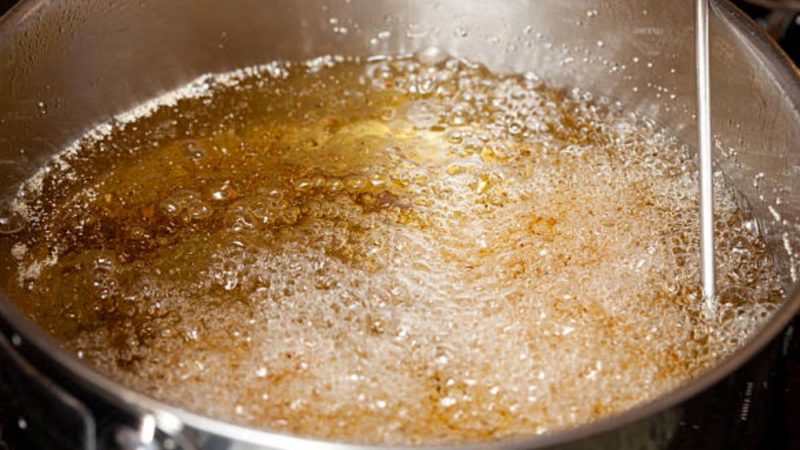
The sneaky secret about fryer oil
Many chicken companies fry their chicken in hexane-processed soybean oil, which cuts costs but adds toxic chemicals. All Bell & Evans fryer oil comes from our own expeller pressed, U.S. grown organic soybeans. No toxic chemicals are used.
